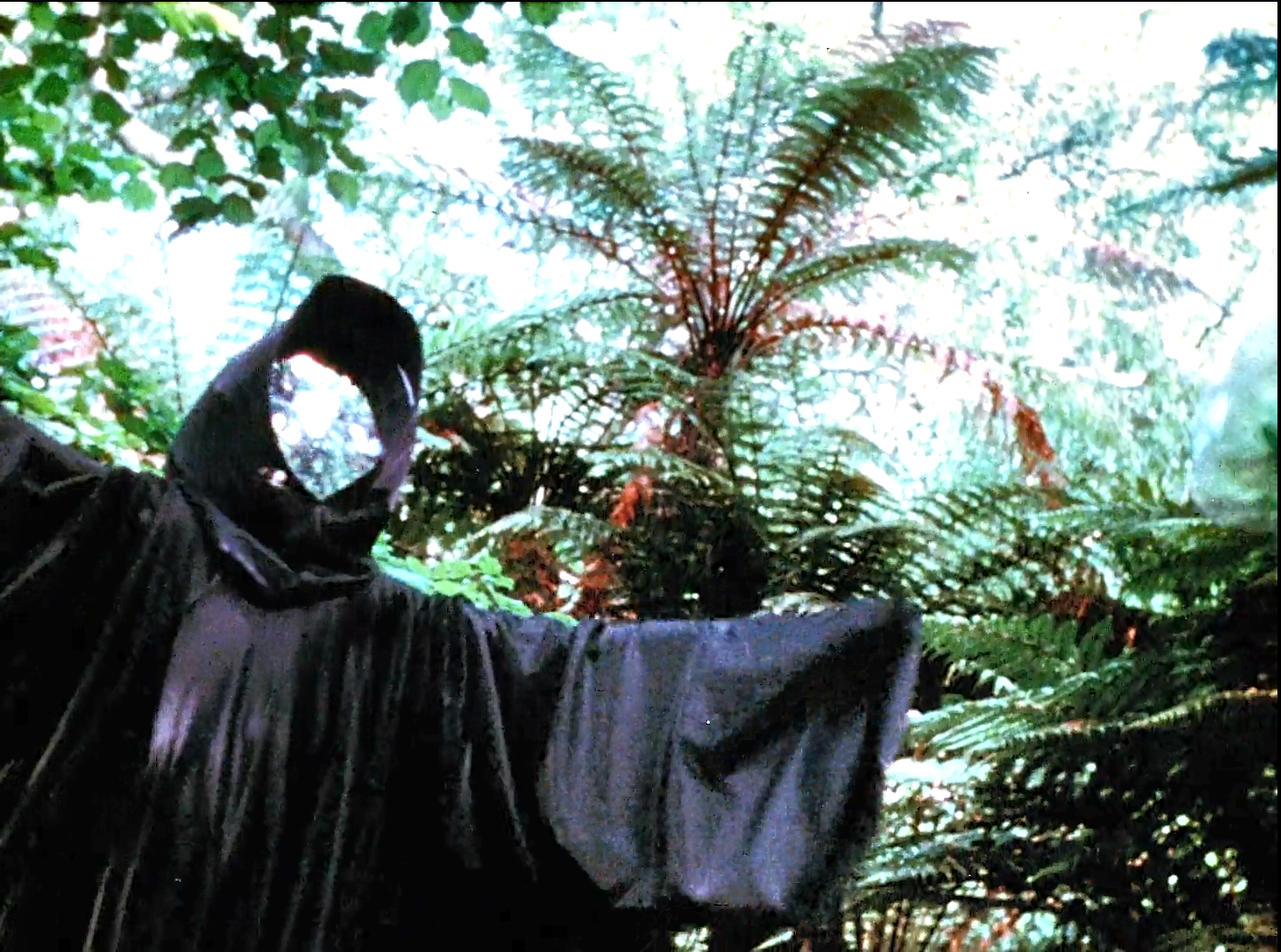Meshes of the Afro-Futurism through NASA and music
Both Space is the place (1974) and The last angel of history (1996) are works, by John Coney and John Akomfrah respectively, that focus on elements of afro-futurism in order to convey feelings of dislocation and alienation felt by African-American communities. In order to do so effectively, both directors got inspiration from music genres, NASA and one particular figure from the avantgarde film Meshes of the afternoon (1943).
In and out of reality as in Meshes of the Afternoon
In Space is the place (1974), director John Carey makes use of musician Sun Ra as an actor, giving him the role of an “ambassador of intergalactic regions of outer space”; he’s everything and nothing, a mystic and divine figure. He goes to Earth to challenge an Overseer, in order to ensure a secure future for African-Americans (who will later be safely transported on Sun Ra’s spaceship, and the world destroyed). We see elements of afro-futurism and science fiction that include a spaceship and an outer-space being that comes to save humans. One of the surreal elements that gives the genre of the film away is the mirror-faced figure that appears beside Sun Ra, that evokes dream-like and nightmarish feelings throughout the narration, similarly (and possibly, in tribute) to the figure present in the 1943 film Meshes of the afternoon.

Image 1 | Source: Space is the place 
Image 2 | Source: Meshes of the afternoon
NASA, music, and alienation
In The last angel of history (1996), director John Akomfrah mixes different music genres – including some clips from the film with Sun Ra – and mentions the science fiction narrative genre to explain how marginalized communities such as the African-American one in the United States cope with their sense of alienation through the production of music and texts. It is interesting to notice that Akomfrah’s film highlights how sound (along with new original codes of language) is considered as a tool of liberation, as when slavery was taking place playing music and speaking the language of their country of origin was forbidden by their master. Sound becomes a link between the past and the future, a tool that physically occupies a space that was taken away from the original producers of those sounds.
I thought it would also be interesting to highlight how differently NASA is portrayed in both 1974 and 1996 pieces. In Space is the place, Sun Ra is kidnapped by two white people working for NASA, who want him to reveal to them secrets about space travel that they might not yet know. At the time, human space missions – which excluded people of color – had only recently started to launch. This explains how the frustration of alienation results stronger than in the message of cooperation among blacks and whites conveyed in The last angel of history. There, prominent figures of color involved with NASA confirmed how those working there were in a more cohesive environment than what society itself imposed to whites and people of color in their daily lives.